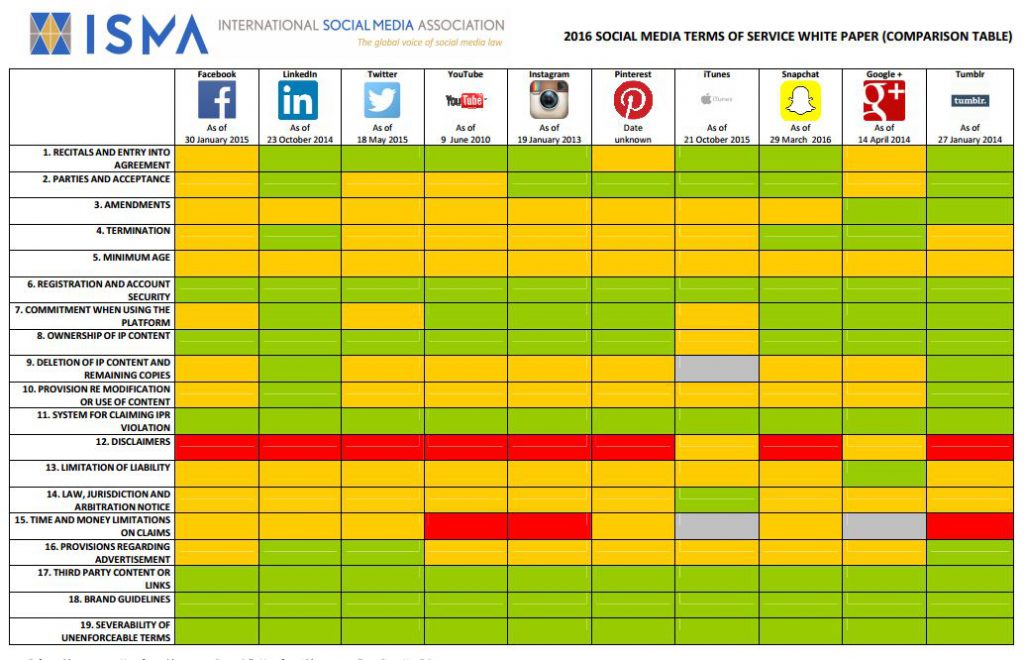I am always interested to see how different lenses on the same subject reveal insights. For example, B2B marketers have a particular skew when it comes to digital and social media – it is hard edged, data driven and technology enabled. This is particularly true for large scale tech companies – but is an approach that has been resonating across industries for some time. B2C marketing, on the other hand, operates in a high velocity world that can turn on a tweet – responsiveness is no longer just a customer service issue but one that impacts the entire value chain.
We are, after all, ever closer to our customers than ever before.
Social and digital media, however, often feels like it operates in a bubble. An ever-increasing bubble it seems, but a bubble nonetheless. When I watch Gruen, for example, I struggle to recall even the most popular or widely discussed TV commercials shown – my habits have now been so deeply skewed by on-demand viewing and timeshifting that TV by timetable seems so last century.
But this is merely the bubble that we choose. The lens that we select.
And there are movements and trends that continue in their own parallel universe that operate at different speeds.
The GroupM Interaction 2017 report is interesting particularly because it applies a media lens across everything from ecommerce to fake news, television to bandwidth. I particularly like the section on privacy and the impacts that widespread security breaches are having on consumers’ sense of trust.
The report identifies four creative challenges facing both brands and agencies:
- Getting the attention of the consumer in a low attention world. As the buyer pushes the seller towards viewability, the consumer is pushing the brand to greater ‘watchability.’
- Meeting the costs and measurement implications of the constant iterations of formats and functionality.
- Finding the balance of enough variation to meet the needs of ever finer segments without undermining the overall brand proposition. (The Marriott Hotel Bogota has 57 images on Expedia.com. Marriott / Starwood operates over 7000 properties. That’s a lot of images.)
- The creation of new classes of content for e commerce environments.
While I can agree on the surface with these challenges, I wonder really whether our attention spans truly are shrinking – do we really have the attention span of a goldfish? And if this is not true, what does this mean for the remaining three challenges?
I have a sense that we are consuming ever-larger volumes of media each and every day – but it’s not necessarily in the format and channel that lends itself to the kind of tracking and measurement that business clients have come to expect.
A recent article from BBC Health questions the notion of the shrinking attention span by unearthing the starting point for this theory – a Microsoft report referencing the Statistic Brain website. Apparently there is no evidence pointing towards a shrinking attention span, nor support for the widely held view that goldfish have attention spans. In fact, Dr Gemma Briggs from Open University suggests that attention is entirely contextual – ”How we apply our attention to different tasks depends very much about what the individual brings to that situation”.
And that brings us back to the question of lenses and touches on the topic of Fake News – a subject also covered in the GroupM report. One of the suggestions in the report points towards the emergence of a “purpose driven media” and an incentive structure created to drive this:
The most shared and most monetized stories come from authentic news sources. A way of decreasing the incentives to the bad guys is to increase the incentives to the good guys. A simple adjustment in the revenue sharing model would go a long way.
And that’s where the future of media becomes extremely interesting. Given the emergence of organisations like Sleeping Giants, a purpose driven media may be a necessary development to help restore trust, authenticity and – dare I say it – respect in the media and advertising industry.
Download the Interaction 2017 report here.
This post was imported into WordPress in one click using Wordable.

 Rather than to let this slide, the professor sent a tweet to his Duke questioning its affiliation with a “sexist and racist” site. Eventually this was sorted, as the NY Times revealed.
Rather than to let this slide, the professor sent a tweet to his Duke questioning its affiliation with a “sexist and racist” site. Eventually this was sorted, as the NY Times revealed.



